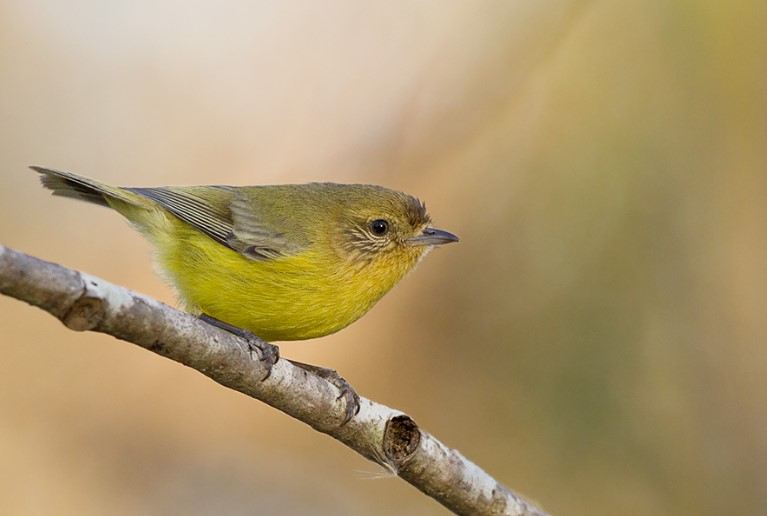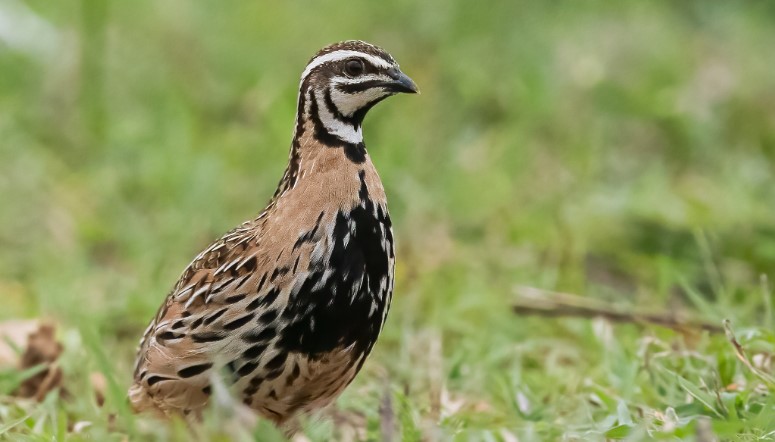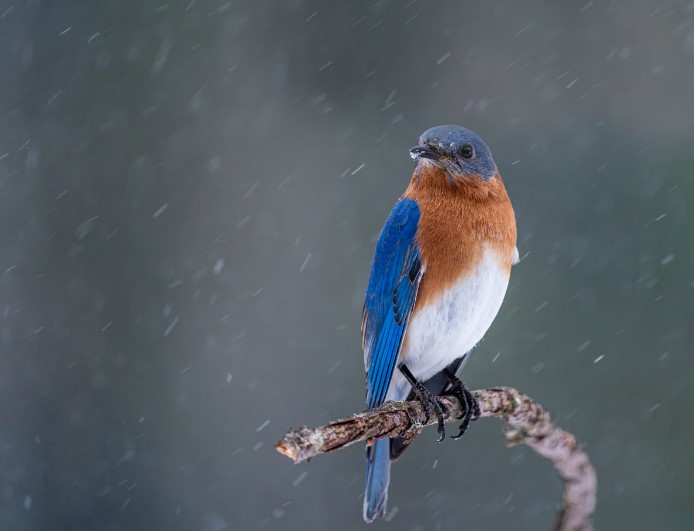Behavior and Habitat: A feeding flock of Wandering Whistling Ducks (Dendrocygna arcuata) seems to roll forward across the water in a dense, continuously moving mass as the ducks at the rear fly forward to the front. These ducks are numerous in the tropics, and widespread, but their habitat is vulnerable to agricultural development, which, if extended, will decrease their numbers.
The birds fill the air with a shrill, whistling sound made with the wings and the voice box. They remain still only in the heat of the day or, if alarmed, when they stretch their necks fully to check the disturbance. Whistling- ducks jump from the water and fly with their necks craning distinctively forward. Normally, they beat their rounded wings slowly and whistle. Therefore, it extends their long necks, lowers their heads so that their shoulders appear to be hunched, and trails their long legs out behind.
As they alight, they lower their necks further and drop their legs before they hit the water. Wandering Whistling-Ducks seldom leave the water to feed. They prefer the deepest and most permanent of tropical lagoons where aquatic plants, insects, and other animals are plentiful. Although they can walk well, they seldom come ashore except to roost in camps on the edge. The birds can dive and swim underwater with ease.
Wandering Whistling Ducks sometimes travel long distances, but their main movements are local, determined by the availability of feeding habitat. In dry weather, they concentrate in better-watered places near the coast and disperse inland in the wet season, when dry swamps fill. With the coming of the summer monsoon, their sexual activity increases, and courtship and fighting among males become more frequent and intense. Rainfall affects the timing and length of the breeding season because it influences vegetation; young must be produced when the swamps are full of aquatic plants and insects. In the dry seasons, exceptionally many birds do not breed at all.

Diet: The food of Wandering Whistling-Ducks is 99 percent vegetable: aquatic grasses, waterlilies, sedges, gentians, and other aquatic or submerged swamp plants. They feed by stripping the seeds and flowers of surface water plants or by dabbling in deep water, where they also dive to the bottom to get plants.
Alternative Names: This duck is known as the Water Whistling Duck, Whistling Tree Duck, or Wandering Tree Duck. It is referred to as guyiyi or walkuli in Yolŋu. It is called djirrbiyuk in the Kundjeyhmi dialect. In the Bininj Kunwok language, the Bininj people of western Arnhem Land refer to this animal as djilikuybi, and they hunt it for food.
Size: male 550–610 mm; and female 550–575 mm.
Identification: Both adults are similar. However, the general plumage above, including the crown, is dusky. Face buff brown. The dusky line extends down the back of the neck; the feathers of the back and scapulars are bordered with rich chestnut. Primaries and outer wing covert black; inner wing covers deep chestnut; underwing dusky. Central tail coverts are black; outer tail coverts are buff; tails are black. Throat white; front of neck and breast rufous with sparse black spots; belly chestnut; undertail white. Plumes on the flanks are buff with broad, dusky edges. Eye red-brown. Bill black. The feet and webs are dark grey. Immature: Duller than adults. Ducklings: Its crown, neck, back, and tail are dusky. The face is light grey with dusky stripes through the eye and behind the back of the cheek. Throat white; breast and flanks dusky; belly pale grey. The bill is olive-grey, buff-pink below. Feet olive-grey.
Vocalizations: Wandering Whistling-Duck voice is a shrill, high-pitched whistle, uttered as a single note or a multisyllabic twitter, on the ground or in flight.
Nesting: Wandering Whistling-Duck nesting and breeding occur during and after the tropical wet season January–July. Nestle a scrape in the ground with a thin layer of grass in it, usually sheltered by tall grass or a bush, some distance from water. Wandering Whistling-Ducks make their nests by lining scrapes in the ground with a thin layer of grass, generally some distance from the water, perhaps avoiding the danger of sudden floods swamping their nests. Both male and female mate for life, choose the “Dendrocygna arcuate” nest site, share incubation, and care for their young. Ducklings from more than one nest may amalgamate in rafts on the water.
Eggs: Usually, a wandering whistling duck lays 6 to 15 eggs, usually 7 or 8. The eggs are hard, vitreous, cream; oval, 47–53 x 35–39 mm, distinctly pointed at the small end. Both parents share nesting duties. The incubation period is about 27–30 days for both sexes.
Distribution: Wandering Whistling-Duck is found in tropical freshwater wetlands from Kimberleys, Western Australia, to Mary River, Queensland. Vagrants wander as far south as Victoria. Moreover, the species ranges to Papua New Guinea, Fiji, New Britain, and the Philippines.
Races: There are two races: one large in Australia and southern New Guinea, grading smaller northwest to the Philippines and east to Fiji; the other, in northern New Guinea and New Britain, is still smaller, and darker rufous with finer spotting on the breast.







